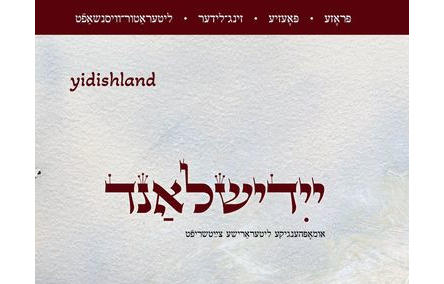
19th Issue of Yidishland
19th Issue of Yidishland
 The recently published 19th issue of the quarterly literary magazine Yidishland opens with materials dedicated to Hayim Nahman Bialik’s 150th birth anniversary: a new song to Bialik’s poem “Unter di grininke beymelekh” written by the young Israeli composer Gershon Leizerson, and Velvl Chernin’s article about Bialik’s contribution to the development of Yiddish poetry. Although this great poet mainly wrote in Hebrew, he is also the author of important Yiddish works.
The recently published 19th issue of the quarterly literary magazine Yidishland opens with materials dedicated to Hayim Nahman Bialik’s 150th birth anniversary: a new song to Bialik’s poem “Unter di grininke beymelekh” written by the young Israeli composer Gershon Leizerson, and Velvl Chernin’s article about Bialik’s contribution to the development of Yiddish poetry. Although this great poet mainly wrote in Hebrew, he is also the author of important Yiddish works.Once again – as in the previous issues — the magazine clearly demonstrates that Yiddish poetry continues to flourish. The new issue features the first poems of the young poetess Katerina Kuznetzova (Berlin). Contemporary Yiddish poetry is also represented by Yoel Matveev (St. Petersburg), Boris Karlov (Jerusalem-Bloomington), Felix Khaimovich (Minsk) and Velvl Chernin (Kfar Eldad). The magazine also presents a selection of poems by William Butler Yeats, translated by Yoel Matveyev from English into Yiddish.
The new issue of Yidishland also contains translated prose: Isaac Babel’s story “How it was done in Odessa”, translated from Russian by Velvl Chernin. As for original Yiddish prose, the magazine contains a chapter from Mikhoel Felzenbaum’s new novel, written under his new pen name Michael Zhutko, and a story by Eli Scharfstein who lives in the kibbutz Ma’agan Michael.
Having started from the previous issue, Yidishland continues to publish the prison memoirs of the Soviet Jewish writer Noah Lurie. Another important part of the magazine are a review of the Jewish writers’ archives from the Center for the Studies of History and Culture of East European Jewry at the Kyiv-Mohyla Academy.
As usual, the magazine, published in Israel and in parallel circulation in Sweden, contains its traditional sections “New Books” and “Materials for the Yiddish Literature Lexicon in the 21st Century”.
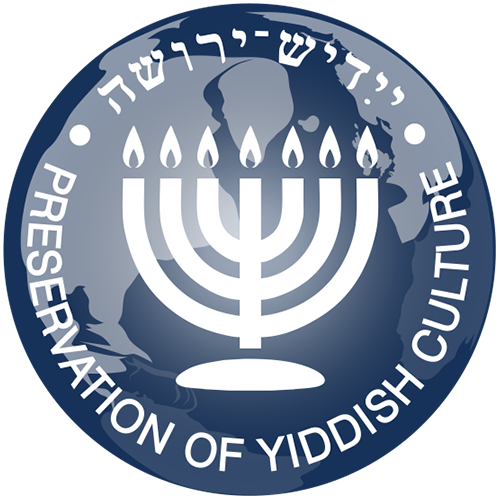
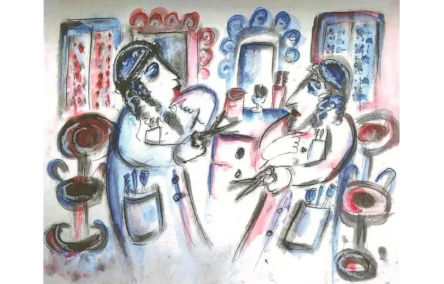
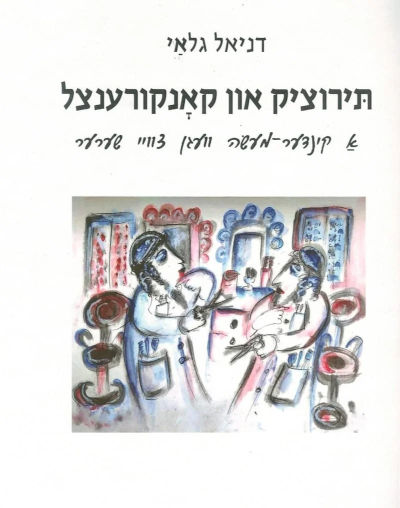 The H. Leyvik Publishing House in Tel Aviv has recently published a new illustrated Yiddish book for children titled “Terutsik un Konkurentsl. A kinder-mayse vegn tsvey sherer” (“The little Justifier and the little Competitor. A tale of two barbers”), written by Daniel Galay, a Yiddish preservation activist who is also the chairman of the publishing house. The book is illutrated by the Croatian artist Melita Kraus.
The H. Leyvik Publishing House in Tel Aviv has recently published a new illustrated Yiddish book for children titled “Terutsik un Konkurentsl. A kinder-mayse vegn tsvey sherer” (“The little Justifier and the little Competitor. A tale of two barbers”), written by Daniel Galay, a Yiddish preservation activist who is also the chairman of the publishing house. The book is illutrated by the Croatian artist Melita Kraus.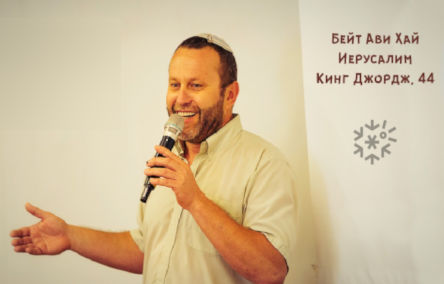
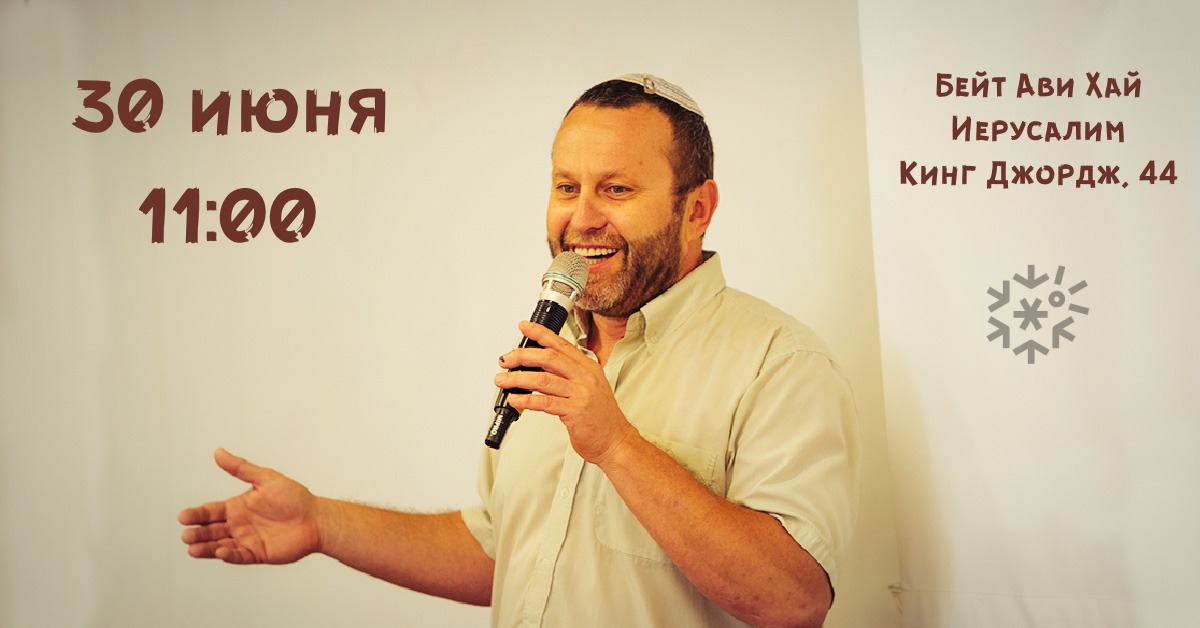
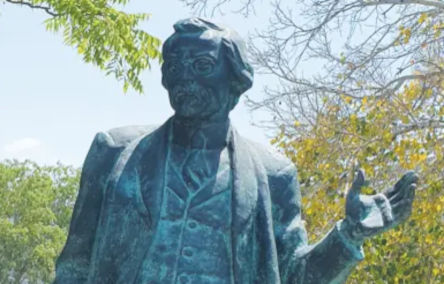

 June 16, 2023
June 16, 2023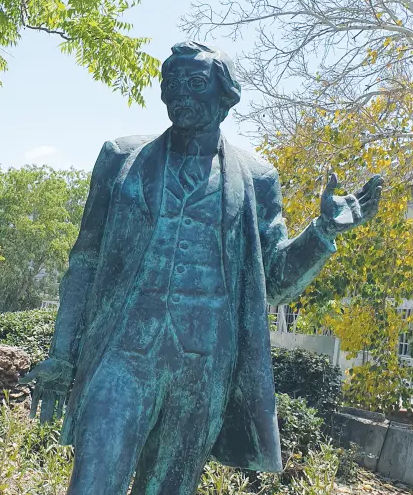
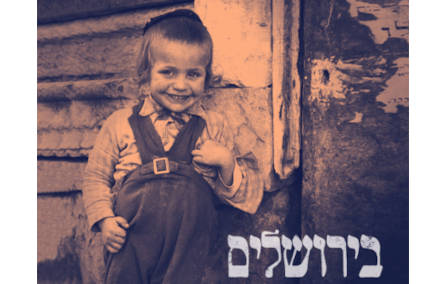
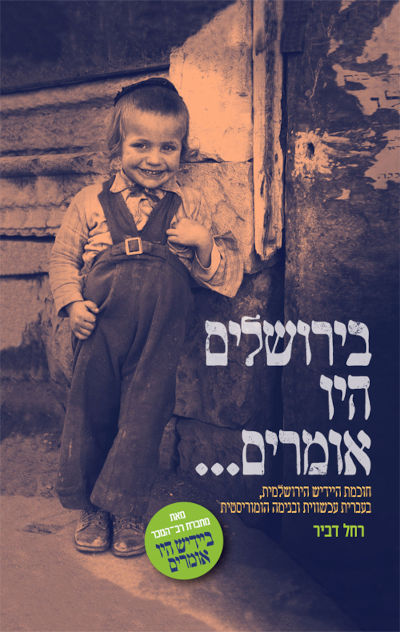 The Israeli publishing house Yedioth Ahronoth published Rachel Dvir’s new Hebrew book In Jerusalem They Used to Say: The Wisdom of Jerusalem Yiddish in Modern Hebrew, with Humor. It describes specific idioms that were widely known in Jerusalem Yiddish several decades ago and that are still used by the speakers of the local variant of Lithuanian Yiddish. This unique dialect developed among the Ashkenazi Jews of the Old Yishuv, the Jewish population who lived in the Land of Israel over two centuries ago, before the politically motivated Zionist Aliyah of the late 19th century. Each expression in the book is given in its Yiddish original, accompanied with a Hebrew translation and a commentary explaining the context of its practical usage. The book is richly illustrated with old photographs.
The Israeli publishing house Yedioth Ahronoth published Rachel Dvir’s new Hebrew book In Jerusalem They Used to Say: The Wisdom of Jerusalem Yiddish in Modern Hebrew, with Humor. It describes specific idioms that were widely known in Jerusalem Yiddish several decades ago and that are still used by the speakers of the local variant of Lithuanian Yiddish. This unique dialect developed among the Ashkenazi Jews of the Old Yishuv, the Jewish population who lived in the Land of Israel over two centuries ago, before the politically motivated Zionist Aliyah of the late 19th century. Each expression in the book is given in its Yiddish original, accompanied with a Hebrew translation and a commentary explaining the context of its practical usage. The book is richly illustrated with old photographs.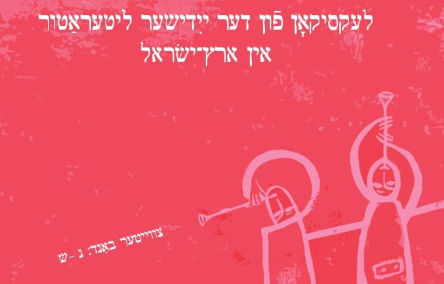
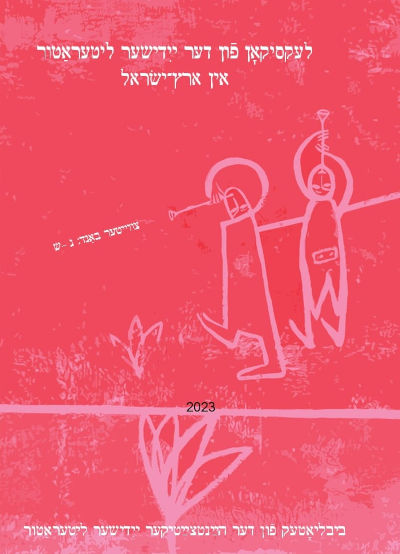 The second volume of the bio-bibliographic guide Lexicon of Yiddish Literature in the Land of Israel was published in Tel Aviv, as a part of the book series Library of Contemporary Yiddish Literature. It includes information about Yiddish authors who lived in Mandatory Palestine and later in Israel. The first volume appeared in 2021. Both volumes of this unique reference book were compiled and edited by Dr. Velvl Chernin, Mikhoel Felzenbaum and Dr. Dov-Ber Kerler.
The second volume of the bio-bibliographic guide Lexicon of Yiddish Literature in the Land of Israel was published in Tel Aviv, as a part of the book series Library of Contemporary Yiddish Literature. It includes information about Yiddish authors who lived in Mandatory Palestine and later in Israel. The first volume appeared in 2021. Both volumes of this unique reference book were compiled and edited by Dr. Velvl Chernin, Mikhoel Felzenbaum and Dr. Dov-Ber Kerler.